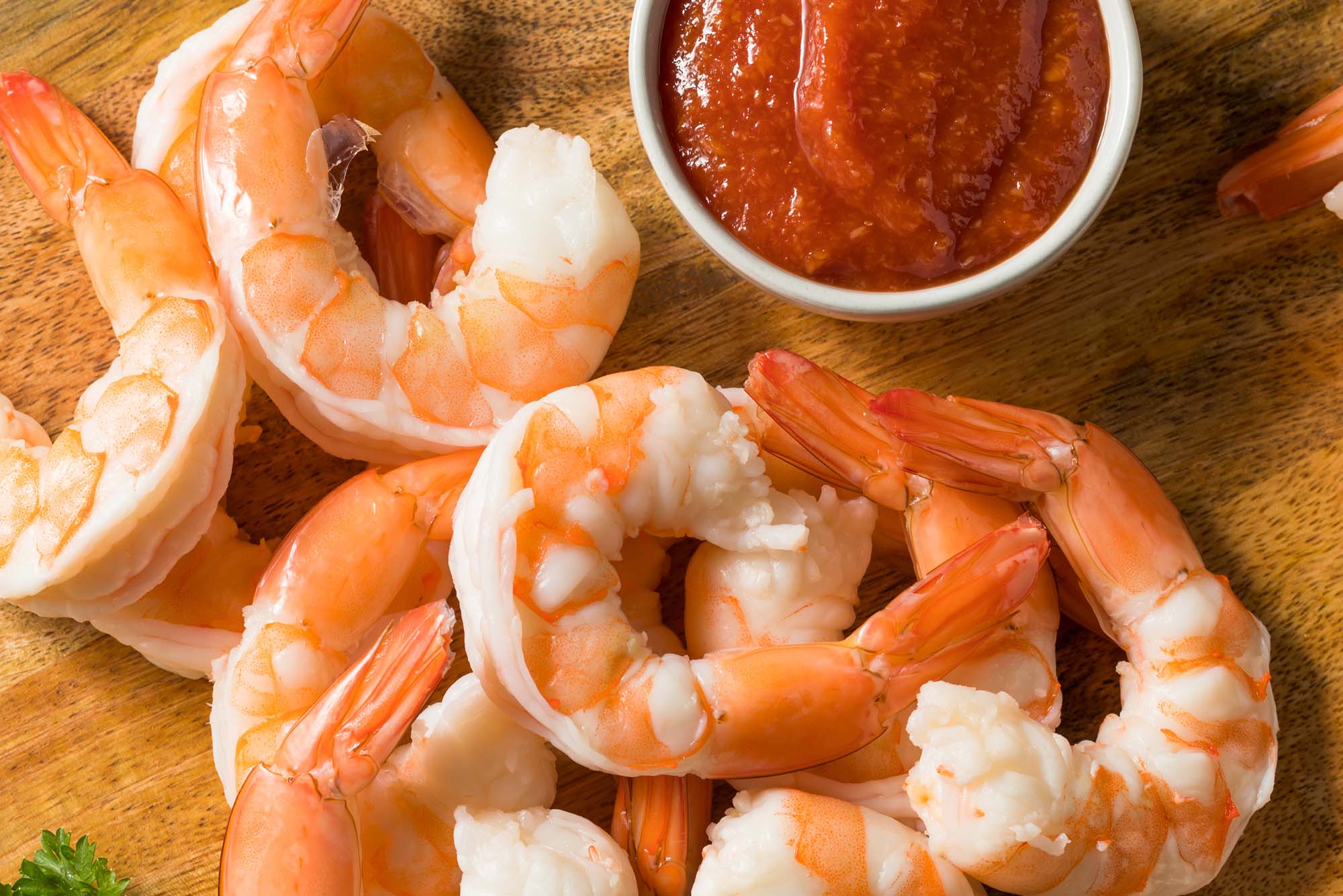Five Easy Snacks to Make for Your 2025 Super Bowl Party

Food plays an important role in annual Super Bowl festivities, but the snacks can cause grocery bills to shoot sky-high. Nutritionist Joan Salge Blake provides some tips on how to eat healthier and cheaper this Super Bowl Sunday. Photo via iStock/bhofack2
Five Easy Snacks to Make for Your 2025 Super Bowl Party
Sargent College nutritionist Joan Salge Blake offers healthy twists on the classics
Rank your favorite part of the Superbowl: football? the commercials? Many vote for the food. Whether nachos or pizza, delicious and indulgent snacks fuel the whoops, groans, and cheers that make for a memorable Super Bowl watch party.
Joan Salge Blake (Sargent’84, Wheelock’16), a Sargent College of Health & Rehabilitation Sciences clinical professor of nutrition and health sciences, understands how important Super Bowl Sunday is for college students. It might be their first time hosting a party, and the pressure is on. It can also be an expensive endeavor: preparing a Super Bowl menu for 10 guests is expected to cost around $139 this year, the Associated Press reports. For reference, that’s the price of around 26 iced lattes at the Starbucks at BU’s Warren Towers.

But there are ways to host a party without going over your budget, says Salge Blake. One big way to save money: bring out the main meal at kickoff, instead of at halftime and providing appetizers beforehand.
Salge Blake, who runs the podcast Spot On! is also tuned in to the ways college students can make their Super Bowl snacks more nutritious, and she often debunks social media food myths. As a nutritionist, she is deeply invested in people fueling themselves the right way. “The sooner you can start having a healthy diet, the better,” she says.
If you’re keen to conserve your coffee budget for the month, you’re in luck. Salge Blake provides five ideas for Super Bowl dishes that will keep your body happy, your guests well-fed, and your wallet in good shape.
A note on food safety: After a long day of prepping, hosting, and enjoying a Super Bowl party, cleaning up is probably one of the last things you want to do. But according to the Food and Drug Administration, perishable food left out at room temperature for more than two hours is no longer safe to eat.
Shrimp and cocktail sauce
Think a shrimp appetizer is best suited for cocktail parties and highbrow events? Think again. Salge Blake says frozen shrimp has gone down in price from last year and makes a great substitute for fresh seafood. In fact, just because buying frozen saves some pennies doesn’t mean you’re missing out on nutrients. That’s good news for shrimp lovers, as it contains heart-healthy Omega-3 fatty acids and is low in saturated fat.
“People think that frozen food is not as healthy as fresh, and that’s not really true,” she says.
To put together this appetizer, first defrost the frozen shrimp in the refrigerator. If precooked, you can serve the defrosted crustaceans immediately with store-bought cocktail sauce. If they’re still raw, you’ll need to boil the shrimp for a few minutes until they turn pink. For a hint of flavor, you can add a bay leaf, a teaspoon of peppercorns, and the juice of half a lemon to the water. Keep in mind that shell-on and jumbo shrimp may need a few extra minutes to cook. Once the shrimp have cooked, chill them in the refrigerator again and serve with your sauce.
Salge Blake describes these shrimp as a “fabulous appetizer for Super Bowl Sunday that is good for your heart.”
Veggie pizza
Frozen food can once again save the (Sun)day when it comes to making the classic Super Bowl pizza. Rather than spending upwards of $20 for a single pizza from OTTO (don’t forget that Sunday is also National Pizza Day), Salge Blake suggests buying a cheaper frozen pizza from your local supermarket. Then head over to Trader Joe’s and pick up their frozen pack of roasted peppers and onions. Defrost the veggies in the refrigerator, place them on the frozen pizza, and cook in the oven.
If you’re more ambitious in the kitchen, Salge Blake also has a recipe on her Instagram to make a herbed garden pizza yourself:
- 2 tablespoons Mrs. Dash Tomato Basil Garlic Seasoning Blend
- 2 tablespoons olive oil
- Packaged prebaked thin whole wheat pizza crust, 12 inches
- Cooking spray
- 4 Roma tomatoes, thinly sliced
- 1½ cups crimini mushrooms, sliced
- 2 cups baby spinach
- ½ cup thinly sliced red onion
- ¾ cup shredded fat-free mozzarella cheese
Place a rack in the middle of the oven and preheat to 400 degrees Fahrenheit. Mix the seasoning blend and oil and brush the mixture over your pizza crust on a pizza pan. With the remaining olive oil and seasoning blend, toss together the vegetables and spread the coated veggies over the pizza dough. Be sure to leave about a ½ inch border clear of toppings around the edges of the crust.
Finally, top the vegetables with shredded mozzarella and bake until the cheese is melted, about 10 minutes.
Guacamalsa? Salsamole?
Most people are happy to indulge in a creamy guacamole dip at halftime, but the cost could be out of reach of many students’ budgets. The price of fresh avocados is up 11.5 percent from last year, the Associated Press reports.
Luckily, Salge Blake has a solution: instead of buying multiple pricey avocados to make a dip from scratch or a super expensive premade guacamole at the grocery store, increase the dip’s volume by adding salsa. That way, the flavor doesn’t go down thanks to the salsa’s kick and you’re still getting nutrients from the avocados. Premade salsa can be quite cheap, she adds, and is also a good way to get extra veggies onto your plate. “It’s a great way to make this a very healthy dip at a very affordable price.”
Turkey chili
Protein-rich, fiber-rich, and naturally cholesterol-free, “beans are the food for 2025,” Salge Blake says. That’s why she suggests doubling or tripling the amount of beans in your Super Bowl chili recipe. It’s also a way to save money on meat, which can be expensive, and use a smaller amount of lean ground beef or turkey while getting the same volume of chili.
Here’s Salge Blake’s turkey chili recipe, which makes 10 cups, from her website:
- 1 pound of lean ground turkey
- 2 celery stalks, chopped
- 1 large onion, chopped
- 1 large clove of garlic, chopped
- 1 large green pepper, chopped
- ¼ cup red wine
- 8 ounces of mushrooms, sliced
- 2 cups of corn, cooked
- 2 cups of red kidney beans, cooked
- 2 cups of white kidney beans, cooked
- 1 28-ounce can of low-sodium whole tomatoes, broken into pieces
- 1 eight-ounce can of tomato sauce
- 2 teaspoons dry mustard
- ½ teaspoon black pepper
- 2 tablespoons chili powder
Sauté turkey, celery, onion, garlic, and green pepper in the wine until they become soft. This should take around four minutes. Drain the mixture, then add the other ingredients and let the chili simmer for one to one and a half hours.
Beyond helping lower cholesterol through their fiber content, beans are also cheap and appetizing to look at.
“You eat with your eyes,” Salge Blake explains, citing the colorful appearance of different beans in a dish. She also recommends doubling the recipe and storing extra chili to eat as leftovers the next day.
A veggie platter and dip with a cheaper twist
A veggie platter might sound like a simple dish, but the dollars can rack up on certain popular produce. For example, the price of red bell peppers has gone up by 7.4 percent since last year, and prepared carrots have gone up by 3.4 percent, the Associated Press reports.
A simple way around that, Salge Blake says, is to cut and peel whole carrots into sticks instead of using baby carrots. She also suggests looking at grocery stores’ weekly flyers to see what produce is discounted. Often, and especially on Super Bowl weekend, grocery stores implement “loss leaders,” she says. This is the technique of selling some food for significantly discounted prices—the store might not even make a profit from their sale—with the assumption that shoppers attracted by the low prices will inevitably buy other, more expensive, items at the store while they’re there.
Using the weekly flyers, she suggests keeping an eye out for loss leaders and other discounted vegetables (celery, broccoli, and cauliflower are usually good bets) to add to your veggie platter.
For the dip, Salge Blake recommends hummus because it’s healthy, affordable, and filled with fiber. To make your own, blend chickpeas, tahini, lemon juice, salt, olive oil, and garlic in a high-speed blender. Add water as needed and keep processing the mixture until it reaches a smooth consistency.
When it comes to chips, consider swapping greasier options for whole grain chips. You can also make your own pita chips by brushing pita bread with oil, salt, and seasonings (you could try taco seasoning or Za’atar, a Mediterranean spice blend) and baking them in the oven at 350 degrees until they turn golden brown.
But if you’re really craving a fried potato chip or don’t have the time to blend your own hummus, Salge Blake says, don’t stress. “If 90 percent of the things you’re serving are healthy, I wouldn’t worry about the other 10 percent.”
Comments & Discussion
Boston University moderates comments to facilitate an informed, substantive, civil conversation. Abusive, profane, self-promotional, misleading, incoherent or off-topic comments will be rejected. Moderators are staffed during regular business hours (EST) and can only accept comments written in English. Statistics or facts must include a citation or a link to the citation.